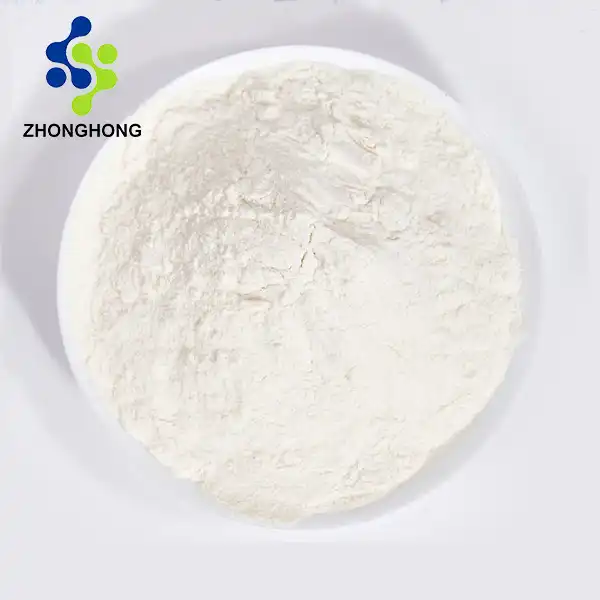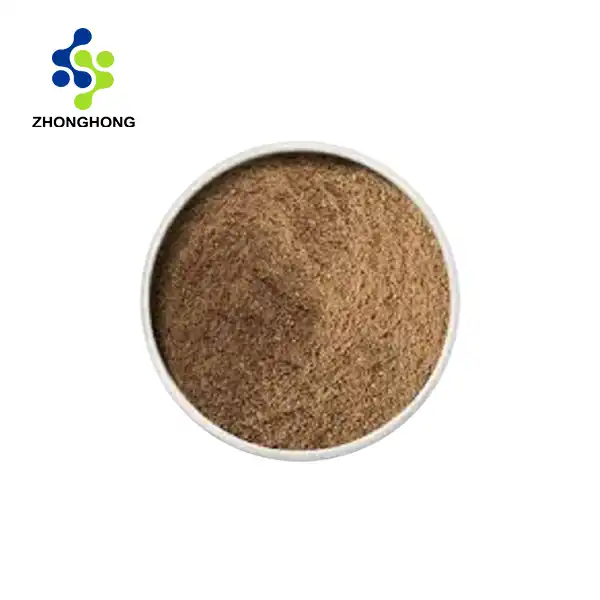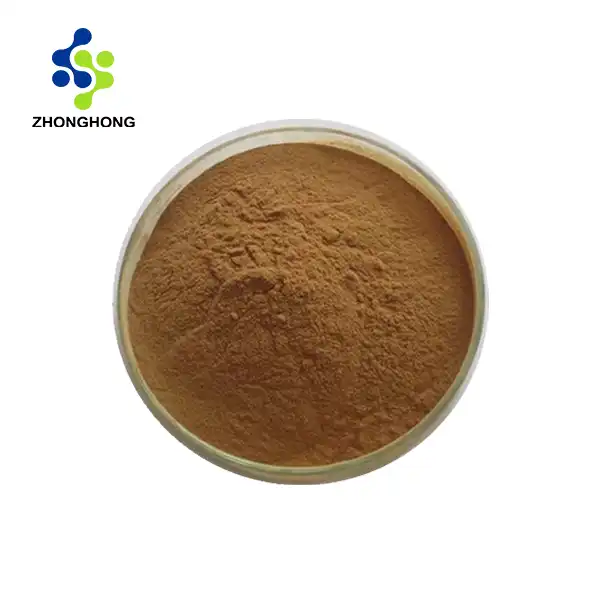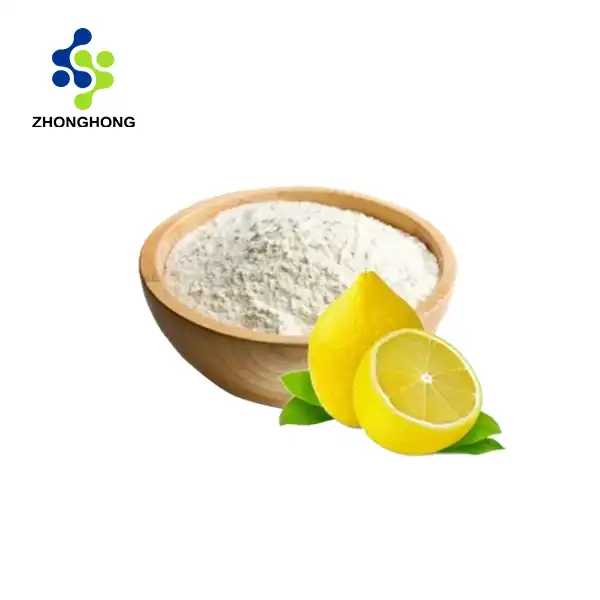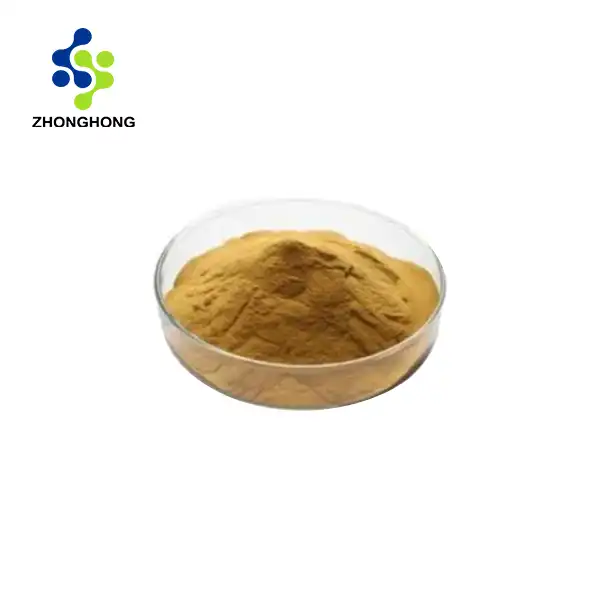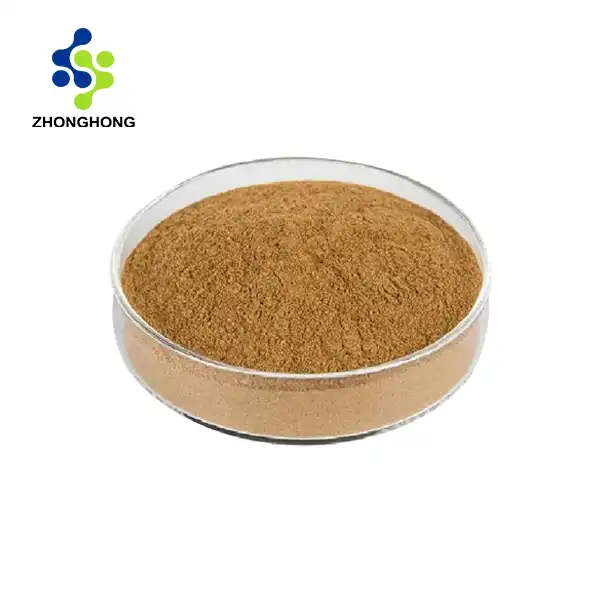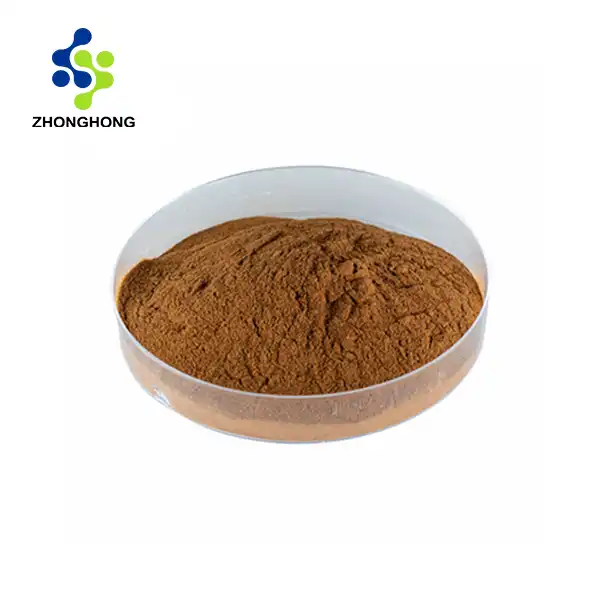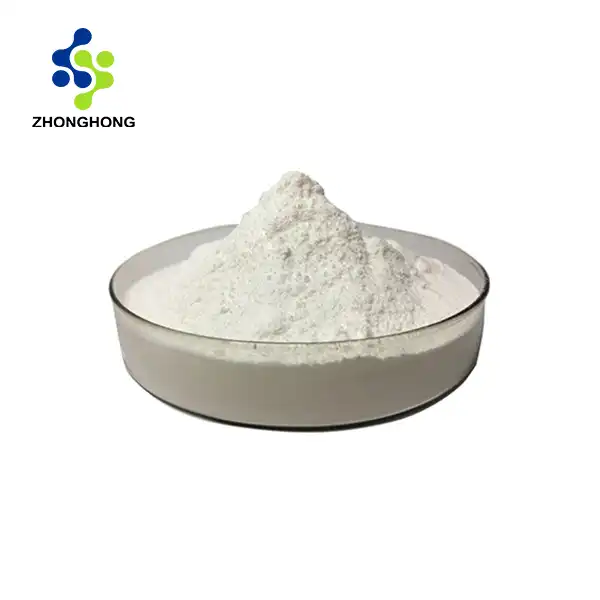What Is Gardenia Blue Powder? Explained?
The Natural Origin of Gardenia Blue
Gardenia Blue Powder is a natural food pigment extracted from the fruits of Gardenia jasminoides, a flowering plant belonging to the Rubiaceae family. This evergreen shrub, native to Asia, has been cultivated for centuries for its fragrant flowers and medicinal properties. The blue pigment is obtained through a unique bioconversion process involving the iridoid compound geniposide, found in gardenia fruits.
Chemical Composition and Properties
The primary component responsible for the blue color is genipin, a compound derived from geniposide through enzymatic hydrolysis. When genipin reacts with amino acids, it forms a stable blue pigment. This Gardenia Blue Powder exhibits excellent solubility in water and ethanol, making it suitable for various applications. Its stability is optimal in pH ranges between 4 and 8, allowing for versatile use in different product formulations.
Comparison with Synthetic Blue Colorants
Unlike synthetic blue dyes such as FD&C Blue No. 1 (Brilliant Blue FCF), Gardenia Blue offers a natural alternative that aligns with the growing consumer demand for clean-label products. Its plant-based origin and absence of harmful chemicals make it an attractive option for manufacturers seeking to replace artificial colorants. While synthetic blues may offer higher color intensity and stability in certain conditions, Gardenia Blue Powder provides a more natural and potentially safer option for color enhancement.
Top 5 Benefits of Gardenia Blue Powder
Natural and Clean Label Appeal
One of the primary advantages of Gardenia Blue Powder is its natural origin. As consumers become increasingly conscious of the ingredients in their products, the demand for natural colorants has surged. By using Gardenia Blue Powder, manufacturers can enhance their products' appeal to health-conscious consumers and align with clean label trends. This natural blue pigment allows for vibrant color without compromising on ingredient transparency.
Versatility in Applications
Gardenia Blue Powder demonstrates remarkable versatility across various industries. In the food sector, it can be used to color confectioneries, beverages, dairy products, and baked goods. The cosmetic industry benefits from its ability to impart a natural blue hue to skincare and makeup products. Even textile manufacturers can utilize this pigment for dyeing fabrics. This wide range of applications makes Gardenia Blue a valuable ingredient for product innovation and differentiation.
Potential Health Benefits
While primarily used as a colorant, Gardenia Blue Powder may offer additional health benefits. The parent compound, geniposide, has been studied for its potential anti-inflammatory, antioxidant, and neuroprotective properties. Although more research is needed to fully understand the health implications of Gardenia Blue, its natural origin suggests it may be a safer alternative to synthetic colorants, which have been associated with various health concerns.
Environmental Sustainability
As a plant-derived ingredient, Gardenia Blue Powder aligns with sustainability goals. The production of this natural pigment generally has a lower environmental impact compared to synthetic dye manufacturing processes. Additionally, the use of renewable plant sources contributes to more sustainable product formulations, appealing to environmentally conscious consumers and businesses.
Unique Color Profile
Gardenia Blue Powder offers a distinctive color profile that sets it apart from other natural blue colorants. Its hue can range from a soft pastel blue to a more intense indigo, depending on concentration and application. This unique color characteristic allows for creative product development and can help brands differentiate their offerings in competitive markets. The natural origin of the pigment also lends an authentic and premium quality to the final product's appearance.
How to Use Gardenia Blue Powder Effectively?
Proper Dissolution Techniques
To maximize the effectiveness of Gardenia Blue Powder, proper dissolution is crucial. Start by creating a concentrated solution by dissolving the powder in a small amount of warm water or food-grade solvent. Gentle heating and stirring can aid in complete dissolution. Once fully dissolved, this concentrated solution can be added to your product formulation. For best results, incorporate the color solution gradually, mixing thoroughly to ensure even distribution.
Optimal pH and Temperature Conditions
Gardenia Blue Powder performs best within specific pH and temperature ranges. The color stability is optimal between pH 4 and 8, making it suitable for a wide variety of food and cosmetic applications. However, extreme pH conditions should be avoided as they may affect color intensity and stability. Regarding temperature, while Gardenia Blue shows good heat resistance, prolonged exposure to high temperatures (above 80°C) may cause color degradation. Consider these factors when incorporating the pigment into your production processes.
Synergistic Combinations and Color Adjustments
To achieve a broader spectrum of colors, Gardenia Blue Powder can be combined with other natural colorants. For instance, mixing with turmeric or beta-carotene can yield various shades of green. Blending with anthocyanins from fruits like elderberry or black carrot can produce purple hues. Experimentation with different ratios and combinations can lead to unique color profiles tailored to specific product needs. Always conduct stability tests to ensure the desired color remains consistent throughout the product's shelf life.
Conclusion
Gardenia Blue Powder stands out as a versatile and natural blue colorant with wide-ranging applications. Its clean label appeal, potential health benefits, and environmental sustainability make it an attractive choice for manufacturers across various industries. By understanding its properties and optimal usage conditions, businesses can effectively harness the power of this vibrant blue pigment to create innovative and visually appealing products. If you want to get more information about this product, you can contact us at liaodaohai@gmail.com.
_1728976869676.webp)
